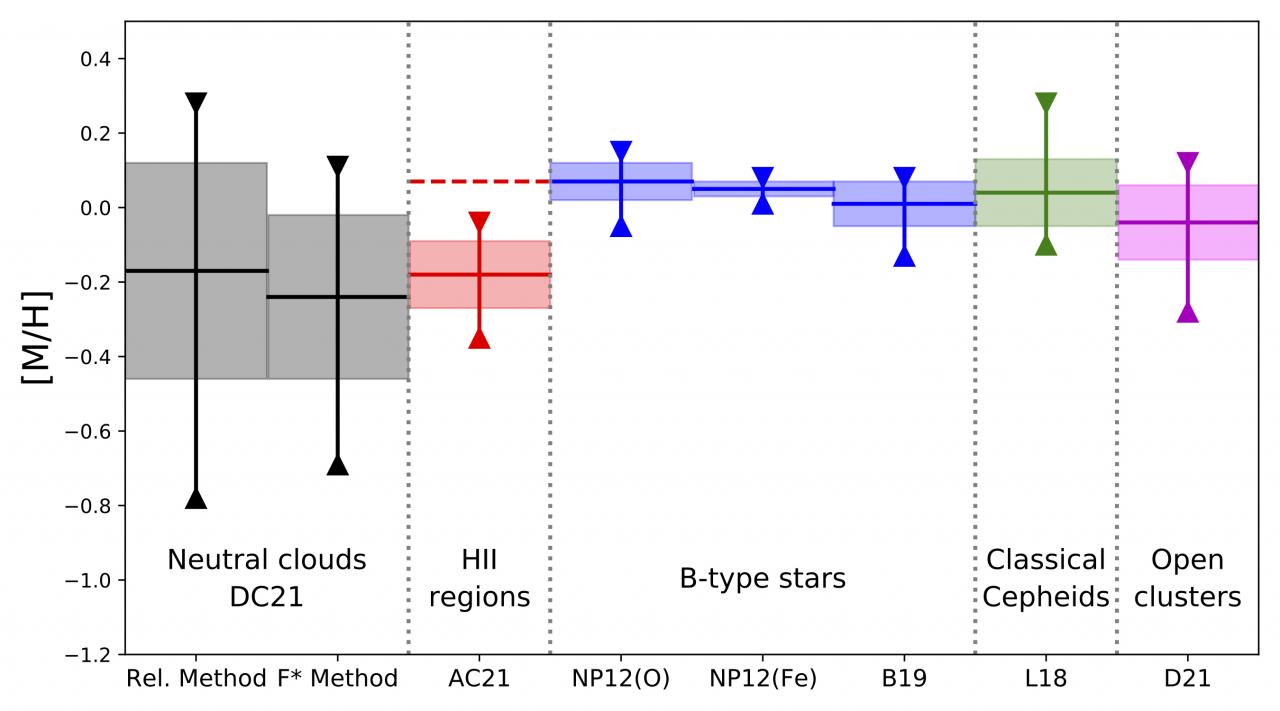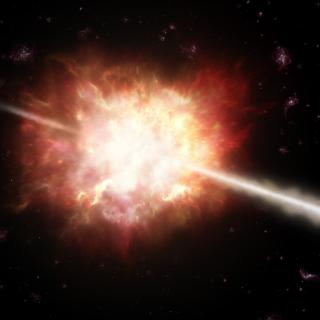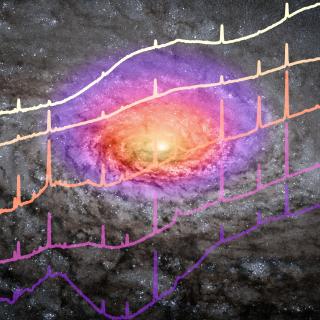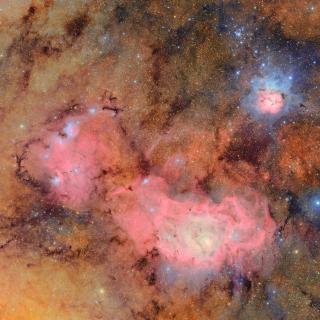In this work we discuss and confront recent results on metallicity variations in the local interstellar medium, obtained from observations of H II regions by our group and neutral clouds (from literature) of the Galactic thin disk, and compare them with recent high-quality metallicity determinations of other tracers of the chemical composition of the interstellar medium as B-type stars, classical Cepheids, and young clusters. We find that the metallicity variations obtained for these last kinds of objects are consistent with each other and with that obtained for H II regions but significantly smaller than those obtained for neutral clouds. We also discuss the presence of a large population of low-metallicity clouds as the possible origin for large metallicity variations in the local Galactic thin disk. We find that such a hypothesis does not seem compatible with: (a) what is predicted by theoretical studies of gas mixing in galactic disks, and (b) the models and observations on the metallicity of high-velocity clouds and their evolution as they mix with the surrounding medium in their fall onto the Galactic plane. We conclude that most of the evidence favors that the chemical composition of the interstellar medium in the solar neighborhood is highly homogeneous.
The amplitude of metallicity variations (indicated by the height of the colored rectangles) in neutral clouds is much larger and inconsistent with that found in HII regions, B-type stars, classical Cepheids and young open clusters.
Advertised on
Authors
César
Esteban López
Jorge
García Rojas
K. Z. Arellano-Córdova
References




